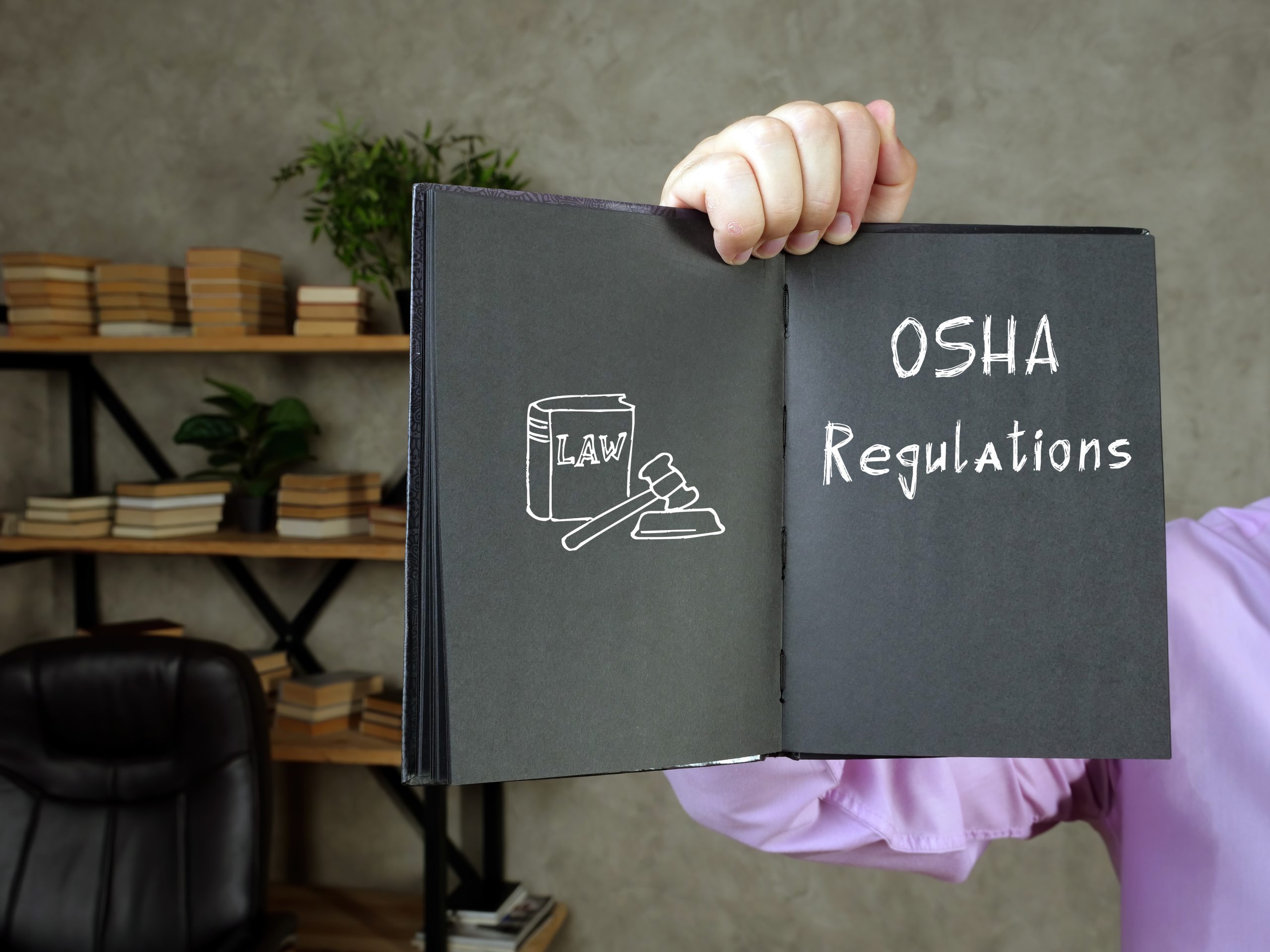The Occupational Safety and Health Administration (OSHA), the federal agency responsible for ensuring the health and safety of workers across the United States, regularly updates and enacts new laws and regulations to continue to protect workers and improve working conditions. Those who fail to comply with these regulations can face significant fines and penalties for their indiscretions. For this reason, it is very important for contractors and other related professionals in the field stay up to date on the newest OSHA laws. In this article, we will discuss some of the key updates and changes that will most likely have a direct impact on the construction industry.
Heat-Related Illness and Injury
In early 2023, OSHA announced that new regulations regarding heat illness and injury prevention will be put into place. They confirmed plans to increase the amount and frequency of inspections conducted for heat-related illnesses and injuries by a whopping 100%. In order to do this, OSHA may need to expand ongoing inspections to also include all heat-related dangers and to focus more on heat priority days, also known as days when the temperature rises over 80 degrees Fahrenheit. It is wise for employers to look over OSHA’s new National Emphasis Program on heat injuries and illness for both outdoor and indoor workers.
OSHA has recently emphasized the significance of building a written heat illness prevention plan that would provide OSHA training on the symptoms and signs of heat illness. This would include instructions to ensure acclimatization, rest and water breaks, and the inclusion of shade and other cool rest areas. In addition, OSHA recommends the implementation of a buddy system and the consistent monitoring of workers who wear facial coverings.
Excavation and Trenching
During the first half of 2022 alone, 22 workers died while completing excavation and trenching work, exceeding the total number of fatalities for the entirety of 2021. The increase in trench-related deaths prompted OSHA to come up with new enforcement initiatives. As a part of OSHA’s National Emphasis Program, OSHA is planning on conducting over 1,000 trench inspections across the United States this year. All excavation sites will be subject to these inspections, as they can be conducted during regular on-site OSHA inspections.
To enforce trench safety regulations, OSHA says that it will use all available tools possible, which includes an increased emphasis on how punishments for excavation and trenching incidents are decided and the potential for possible criminal referrals for employers who fail to protect their workers from excavation and trenching hazards.
Data on Injury and Illness
OSHA has decided it will no longer require the electronic submission of illness and injury data. This is an amendment to the Injury and Illness recordkeeping regulation that rescinds the requirement for businesses with 250 or more employees to submit information from OSHA Forms 300 and 301 in an electronic format. OSHA will continue to obtain these forms as needed through inspections and enforcement actions, and businesses will still be required to maintain these records on-site. Businesses will also still have to submit information for Form 300A and will be required to report severe injuries.
In addition, OSHA has also decided to amend the recordkeeping regulation that requires covered employers to electronically submit their Employer Identification Number (EIN) along with their submission of their establishment’s injury and illness data. This amendment will hopefully facilitate the use of data and help to reduce any duplicative employer reports. Nothing in the final rule removes an employer’s obligation to keep OSHA Forms 300 and 301 on file for OSHA inspection. Together, these changes will allow OSHA to improve enforcement targeting and compliance support, reduce employer burden, and protect worker privacy and safety.
Tree Care Operations
For many years, the tree care industry has been considered a highly hazardous industry. Even so, there is currently no OSHA standard that is specifically designed to undertake the tree care industry’s unique health and safety standards. To address the different dangers encountered in tree care activities, OSHA currently employs a patchwork of regulations. In September 2008, in response to an industry petition, OSHA issued an advance notice of proposed rulemaking (ANPRM) to gather information on the need for a specific standard. OSHA concluded a Small Business Regulatory Enforcement Fairness Act (SBREFA) panel in May 2020, gathering information from small firms in the industry on prospective features of a new standard, such as the standard’s scope, effective work practices, and arboricultural-specific equipment applications. OSHA issued its Notice for Proposed Rule Making (NPRM) in December 2022, which is the final step before the proposed rule is published for public comment.
Personal Protective Equipment
OSHA intends to revise its criteria for the “fit” of personal protective equipment (PPE) required of construction workers. OSHA released its NPRM on September 7, 2022. Although the proposed rule has not yet been published, construction employers should continue to monitor this regulatory development since it might have a substantial impact on their businesses. Currently, OSHA holds employers in the construction industry accountable under 29 CFR 1926.28 for requiring the use of appropriate PPE in all operations where there is exposure to hazardous conditions, or where other specific construction standards indicate the need for such equipment to reduce hazards to employees.





